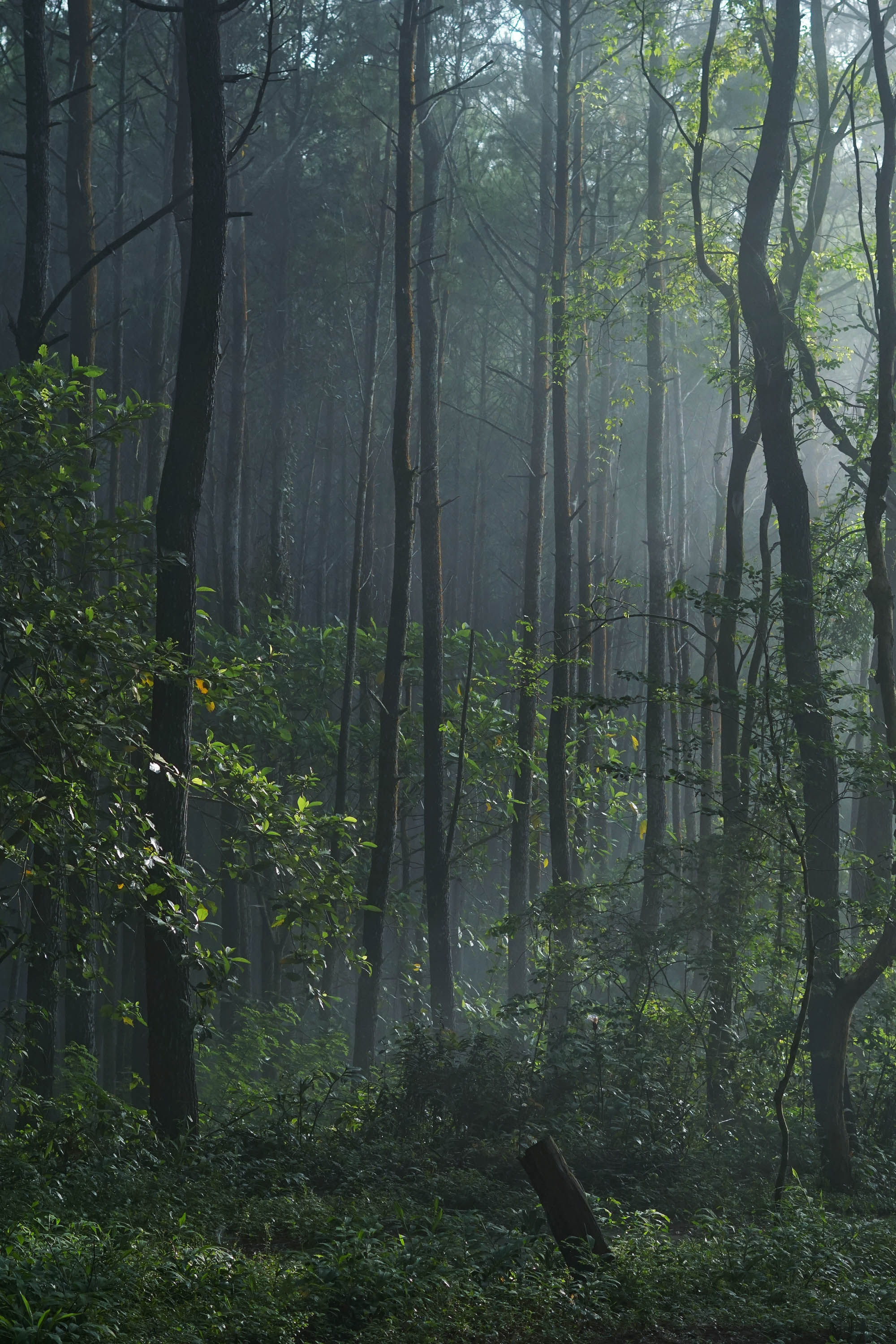With more than 280 million international visitors, Asia Pacific is second only to Europe in terms of tourism. The World Travel and Tourism Council predicts that the sector will double in size in the next decade, with predicted spend reaching nearly $1.2tn.
It is not just visitors from outside the region. Chinese tourists are the highest growing segment, making 4.53bn domestic and overseas trips last year.
As countries in the region seek to benefit from this growth and increase their capacity for leisure and tourism, new resort masterplans and developments are being planned at a significant pace. Places like Indonesia, Philippines and Vietnam are looking at how their beautiful coastlines, rainforests and landscapes can become the latest must visit destinations.
The challenge is to do this sustainably. Concerns exist about protecting the fragile ecosystems of places like Maya Beach, Thailand and Boracay Island, Philippines, both of which were closed last year.
Ed Baker, board director at Broadway Malyan, is working on schemes across the region. He said: “Sustainable tourism is about making a positive economic and environmental contribution to the place you are visiting. Environmental impact is caused by travelling to a destination as well as the construction of new resorts. With this in mind, our objective is to make sure that resorts operate sustainably.

Rainforest attract tourism but the effects can be damaging
“Some of this can be done through subtle design that nudges people towards healthier, lower impact activities, for example including lots of green spaces, walkways and cycle paths, to encourage lower car use.
“Many resort operators are setting their own design guidelines to help manage this. They favour low impact construction, the use of local materials, effective management of utilities and innovations like edible landscaping to reduce food imports.”
Ed added that regeneration is an option, rather than building new. “It is important to recognise the unique properties that make these locations desirable in the first place,” he said. “Designers should enhance and preserve what is already there, such as the ecosystem and topography.
“Developing these sites should also deliver benefits for the community, not just tourists. Significant infrastructure is often required. Airports, roads, housing, healthcare, schools, community spaces, and utilities such as energy generation and water and waste treatment, all need to be built or upgraded to sustain the increased number of workers and visitors.”
Another consideration is to make sure that the new resort does not replicate existing locations. Ed concluded: “Tourists want to see something they haven’t seen before. That means creating a unique character that reflects the local culture and location. The landscape, views and community provide all the inspiration you need to create somewhere that truly has that sense of place and entices people to visit again and again.”

